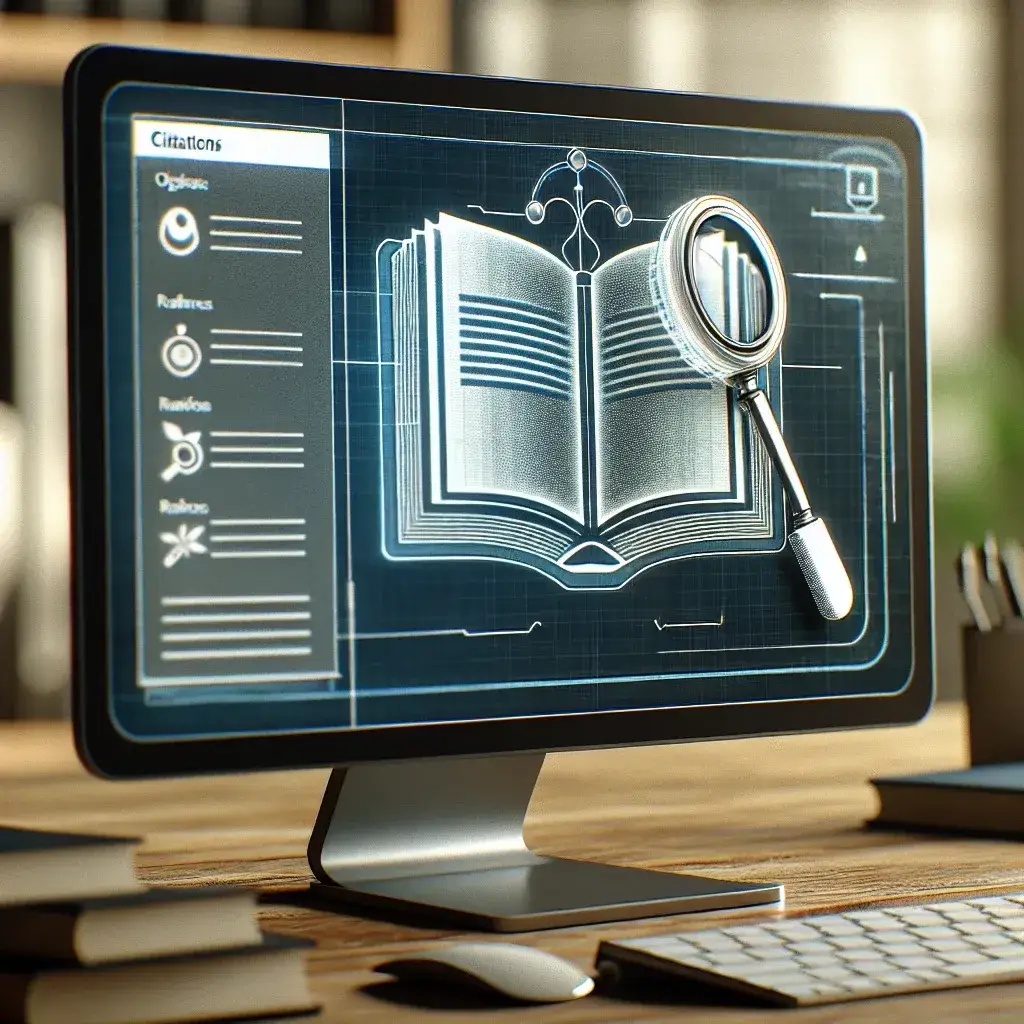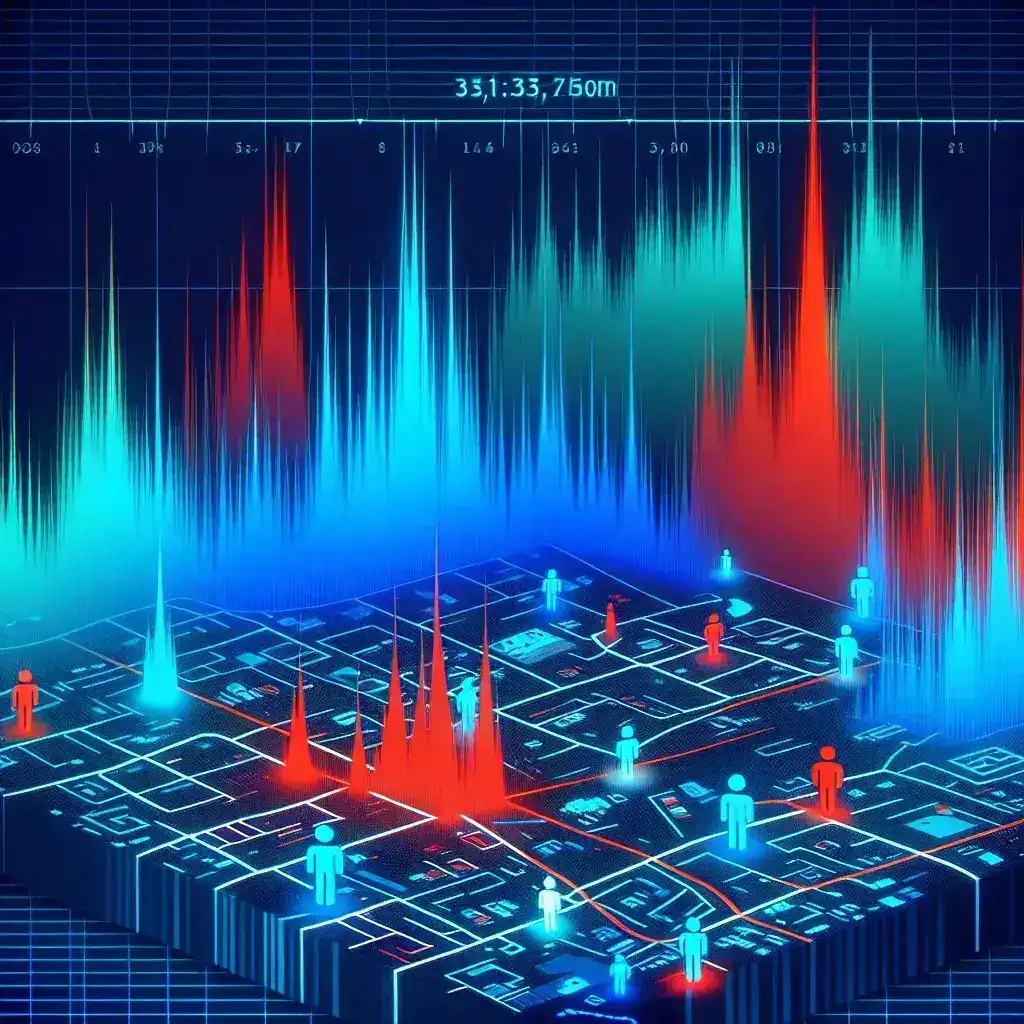Introduction
In recent years, the grocery industry has faced increasing scrutiny due to its environmental impact, particularly concerning waste. As consumers become more environmentally conscious, businesses are compelled to adopt sustainable practices. Amazon Fresh, a subsidiary of the tech giant Amazon, is taking a significant step in this direction by piloting AI-powered waste reduction in its grocery logistics. This article explores the implications of this initiative, its potential benefits, and what it means for the future of grocery shopping.
The Need for Waste Reduction
Every year, millions of tons of food waste end up in landfills, contributing to greenhouse gas emissions and wasting valuable resources. According to the Food and Agriculture Organization (FAO), approximately one-third of food produced globally is wasted. The grocery sector plays a crucial role in this cycle, from production to distribution and ultimately to consumer consumption. With growing environmental awareness, the pressure is on retailers to devise effective strategies for waste reduction.
Current Challenges in Grocery Logistics
- Overstocking: Grocery retailers often overestimate demand, leading to excess inventory that ultimately goes unsold.
- Expiration Dates: Perishable items have a limited shelf life, and managing these products effectively is crucial to minimizing waste.
- Supply Chain Inefficiencies: Traditional supply chains can be cumbersome and slow, making it difficult to react to changing consumer demands.
Amazon Fresh’s Initiative: AI-Powered Solutions
To tackle these challenges, Amazon Fresh is piloting AI-powered solutions designed to optimize inventory management and reduce waste. By harnessing data analytics, machine learning, and real-time insights, Amazon aims to create a more efficient grocery logistics system.
How AI Can Help
Here are some ways AI is revolutionizing grocery logistics:
- Demand Forecasting: AI algorithms analyze historical sales data, seasonal trends, and customer behaviors to predict demand more accurately, helping retailers stock the right amount of products.
- Dynamic Pricing: AI can adjust prices in real-time based on demand, helping to sell items nearing their expiration dates, thus reducing waste.
- Inventory Optimization: Machine learning algorithms can optimize inventory levels by determining the ideal stock quantities for each product, minimizing overstock and spoilage.
The Implementation Phase
Amazon Fresh is currently in the testing phase of its AI-powered waste reduction initiative. This involves pilot programs in select locations where AI systems are integrated into the existing logistics framework. The key components of implementation include:
1. Data Collection and Analysis
Amazon Fresh is collecting vast amounts of data from various sources including sales history, weather patterns, and local events. This data is fed into the AI systems to enhance the accuracy of forecasts.
2. Training AI Models
The next step involves training the AI models using machine learning techniques. These models learn from historical data and improve their predictions over time, becoming more effective at reducing waste.
3. Real-Time Adjustments
One of the most significant advantages of AI is its ability to make real-time adjustments based on current conditions. If a sudden increase in demand is detected, the AI can notify suppliers to adjust shipments accordingly.
Potential Benefits
The implementation of AI-powered waste reduction in Amazon Fresh’s grocery logistics could yield several benefits:
- Environmental Impact: By reducing food waste, Amazon Fresh can contribute to a more sustainable grocery ecosystem.
- Cost Savings: Minimizing waste directly translates to reduced costs, allowing Amazon to optimize its pricing strategies.
- Customer Satisfaction: Improved inventory management ensures customers can find fresh products when they shop, enhancing their overall experience.
Future Prospects
As Amazon Fresh continues to refine its AI-powered waste reduction strategies, the potential for expansion is significant. Success in pilot programs could lead to broader implementation across all its grocery stores, with the possibility of sharing these innovations with partners and suppliers. Furthermore, as AI technology continues to evolve, its applications in grocery logistics will become even more sophisticated, paving the way for a more sustainable future.
Challenges Ahead
Despite the promising benefits, Amazon Fresh may face challenges as it rolls out these initiatives:
- Technological Barriers: Implementing advanced technology requires significant investment and expertise.
- Data Privacy Concerns: With increased data collection comes the responsibility to protect consumer data.
- Consumer Acceptance: Educating consumers about the benefits of these initiatives is crucial for widespread acceptance.
Conclusion
Amazon Fresh’s pilot project for AI-powered waste reduction in grocery logistics represents a significant step towards a more sustainable future for the grocery industry. By leveraging technology to optimize inventory management and minimize waste, Amazon Fresh is not only addressing environmental concerns but also enhancing its operational efficiency. As the pilot progresses and yields results, other retailers may look to Amazon as a model for implementing similar strategies. The future of grocery shopping could be greener, thanks to the innovative use of AI.




Leave a Reply